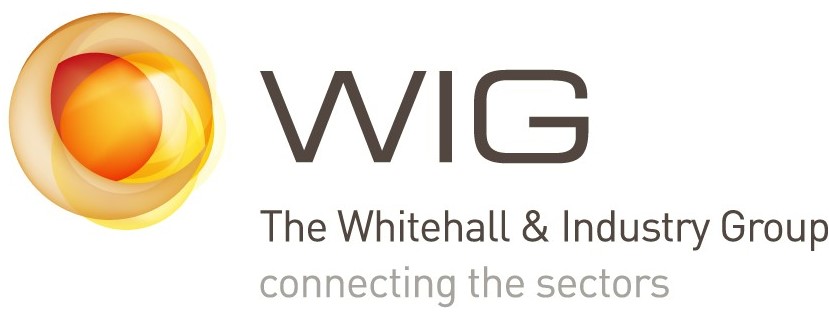There can be a paradox for collaborations, where the stronger a collaboration is through diversity, the less likely it is to have aligned goals. The differing interpretations and influences of the actors within a collaboration can create tension and conflict.
Cross-sector partnerships have inherent differences, but even when partners are from the same sector, tensions can develop due to differing aims.
One method to manage misalignment is to identify the aims of the collaboration and consider them over the following six dimensions:
Level
Whose aim is it? Inter-organisation aims exist at the level of the collaboration, organisational aims belong to a particular organisation within the collaboration and individual aims originate from an individual working within the collaboration, which may be tangential to it.
Origin
Who brought forward the aim? Internal aims originate from among the collaboration partners, whereas external aims originate from beyond the collaboration’s members. This can include the government or a funder, or parts of a large organisation that are not engaged with collaboration.
Authenticity
Determine whether the aim is genuine or not. Genuine aims are true refection’s of the stakeholders’ interests, while pseudo-aims exist to satisfy a stakeholder of the collaborations so are masks for real aims.
Relevance
Do the aims relate to the collaboration’s agenda? Collaboration-dependent aims can only be achieved by the collaboration. Independent aims can be achieved without collaboration or would be better suited to a different collaboration.
Content
Ask whether the aim is the ultimate end goal or is it about the process of achieving that goal. Substance aims relate to the ultimate end goal of a collaboration, while process aims relate to the how a collaboration will go about achieving that goal.
Overtness
Consider whether the aims are open or concealed whether intentionally or not. Explicit aims are stated in the open, unstated aims may not be deliberately concealed, but they have not (yet) been discussed in an open forum, and hidden aims are deliberately concealed.
Once aims have been determined and analysed, the leadership can manage their implications with common ground and differences identified. For example, is an individual seeking unnecessary activity for personal aggrandisement? The more trust there is in the collaboration, the less resource-intensive the aim analysis will be.
To make progress, it is important to have sympathy for the aims of the other parties, and to consider whether any differences are irreconcilable. Importantly, severely misaligned aims will offer a gateway for a decision not to progress with the collaboration.
Learn more about how to make a collaboration successful in WIG’s Collaboration Playbook, researched and written by the University of Oxford’s Blavatnik School of Government.
Originally published:

